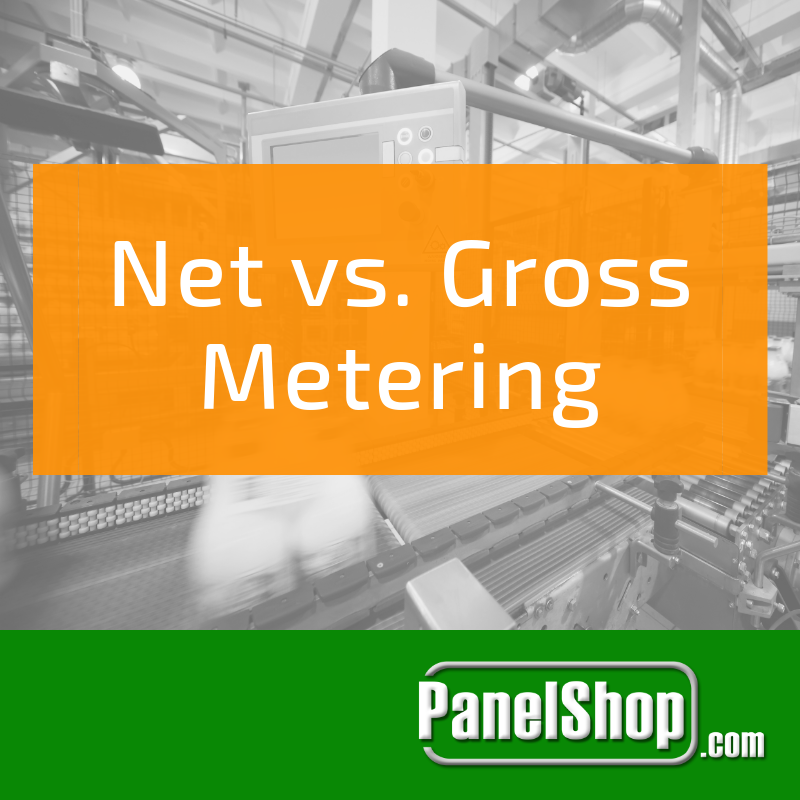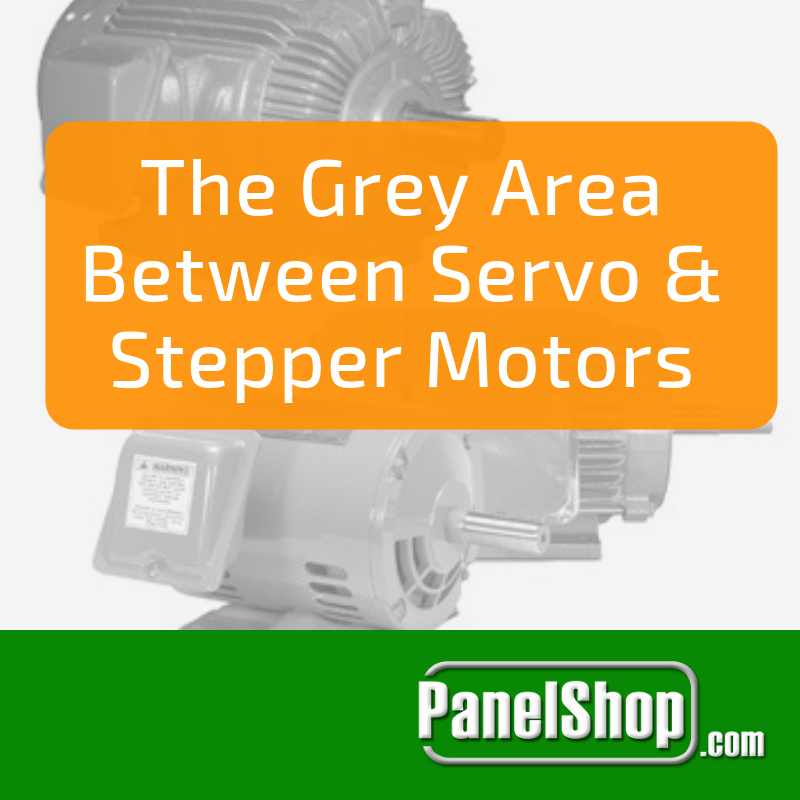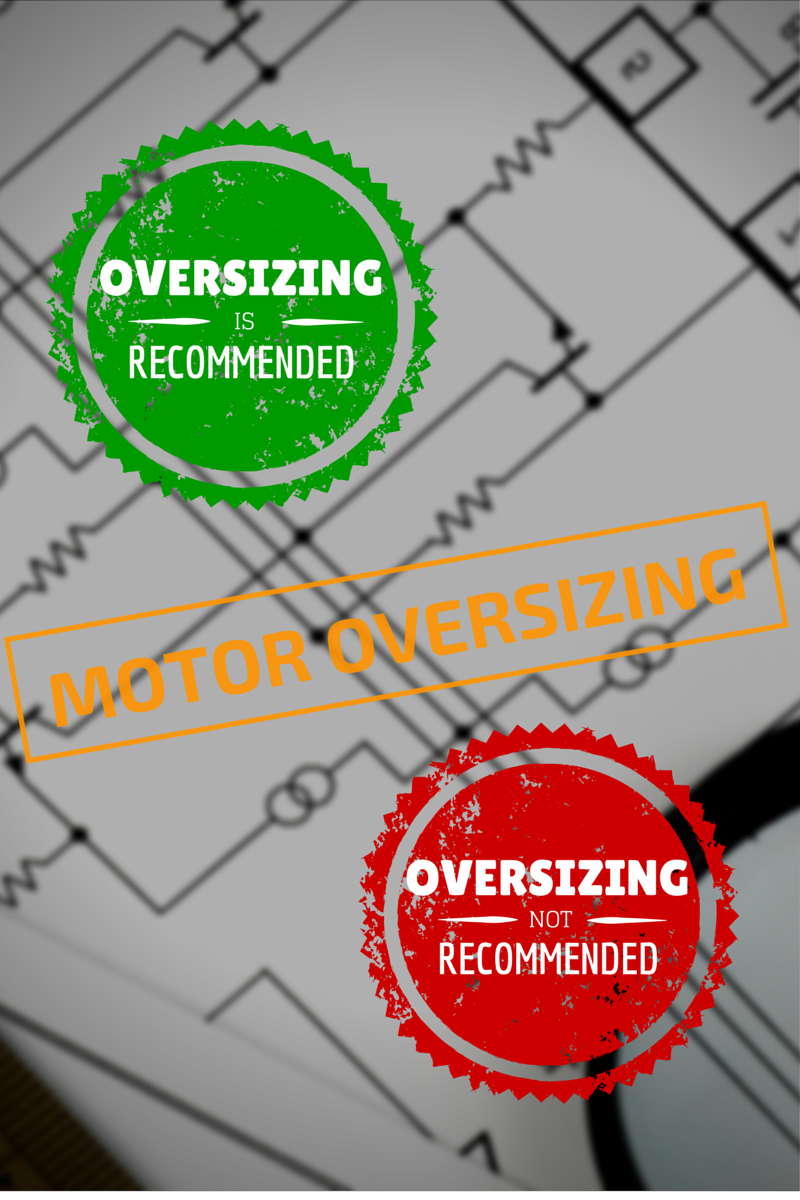.png?width=300&name=Copy%20of%20PanelShop.com%20Template%20(5).png) Downtime, quality control, and performance efficiency are some of the biggest concerns for manufacturers when it comes to their production lines. This, combined with harsh and variable work environments, makes the challenge of maintaining optimal throughout even more difficult.
Downtime, quality control, and performance efficiency are some of the biggest concerns for manufacturers when it comes to their production lines. This, combined with harsh and variable work environments, makes the challenge of maintaining optimal throughout even more difficult.
Variable Frequency Drives have established themselves as a reliable way to control motor speed and ensure flexibility within production. Three major benefits offered by VFD include:
- Improved Process Control: as the load changes, VFDs allow engineers a quick way to adjust inverter-duty motor speeds. Speed regulation is usually +/- 2% with Volts/Hertz control and falls down to 0.1% with closed loop vector control.
- Energy Savings: for a motor that runs at full capacity, there is always the looming threat of electrical energy waste, translating into higher costs. VFDs allow motor speeds to match the load requirements, neutralizing the waste associated with mechanical regulation.
- Reduced wear & tear: several motors are designed to run at specific speeds, even if the load demands a lower RPM. This causes equipment wear and tear. VFDs provide soft start capability that eases the stress on motors at full-voltage start, reducing the number of maintenance episodes.
But all is not well. VFDs produce electrical noise that can damage adjacent electrical equipment, disrupting the manufacturing process. In a way they adversely affect the same parameters for whose mitigation they were installed in the first place. The same switching technology that brings speed flexibility to the table can cause the onset of noise within the cable leading to overheating.
So, what’s the way out? Cable design is imperative to ensure maximum performance and minimal energy wastage.
Cable Design
It is important to know the design requirements of the system before selecting the cable, i.e. what it would required to handle in terms of capacity. The following parameters should be looked after when selecting the cable:
- Grounding configuration: the grounding system should guarantee lowest possible ground path impedance. For instance, using a 300% ground cable is the best way to ensure that the noise current is mitigated within the cable.
- Conductor design: the conductor must have the ability to conduct high frequency signals. This requires a high strand count, increased surface area and tinned design for thermally stressful connections.
- Capacitance-high dielectric strength: low capacitance and high dielectric strength is the way to go. High grade XLP conductors are better at containing charging losses compared to THHN VFD cables.
- Shielding: then noise propagating from a cable is greatly influenced by the shielding material. In the presence of low-impedance shielding, there is lesser current reflection and thus greater stability. Dual copper tapes or brain provide the best shielding performance.
Installation of a VFD Cable
It is vital to take into account the effect the cable would have on the adjacent devices or other equipment in the facility. Also, the lifespan of the system should be taken into account, and the cable should be able to stand the test of time. The following question can help while installing a cable:
- Is the environment noise sensitive?
- Will the instruments or networks be affected by electromagnetic forces?
- Will charging currents be generated across the length of the cable?
If the answer to these questions is yes, then an investment in a high-performance VFD cable with optimized stranding, grounds and insulation would be the perfect choice. If none of the above apply to your system, then an XLPE insulated cable would be a more economical option.





